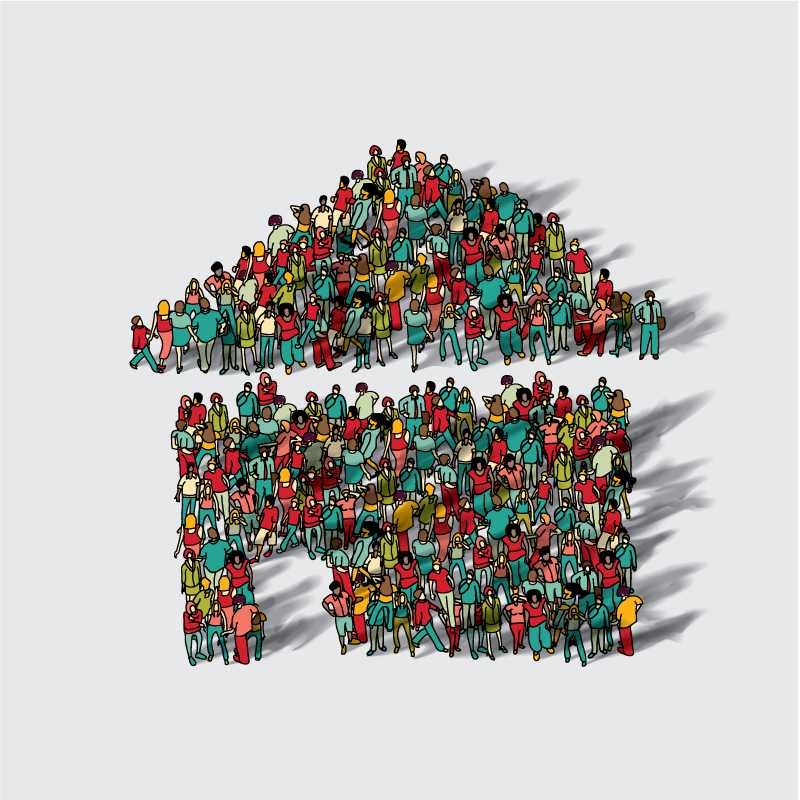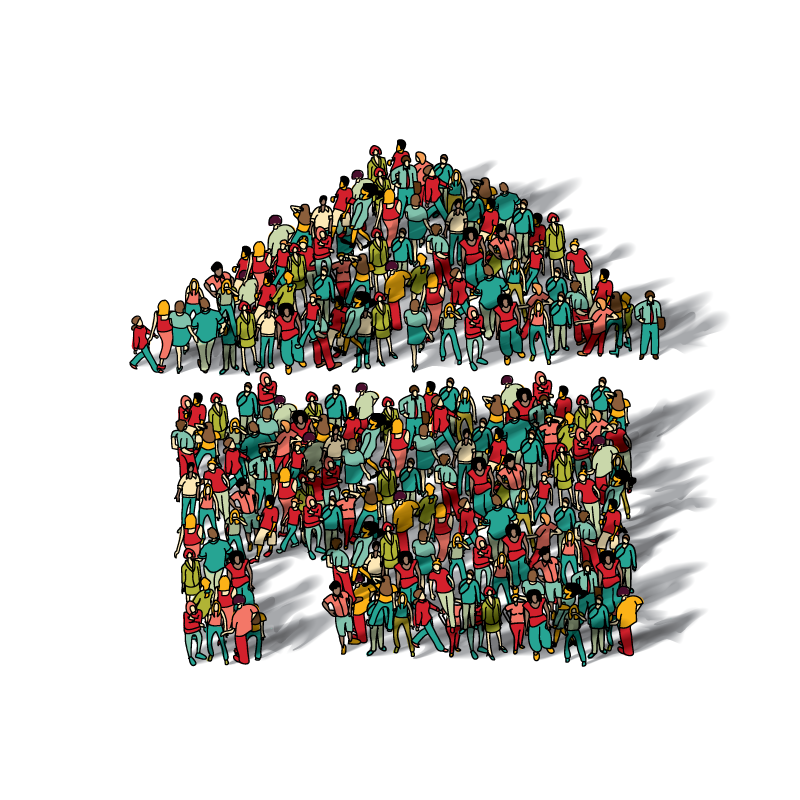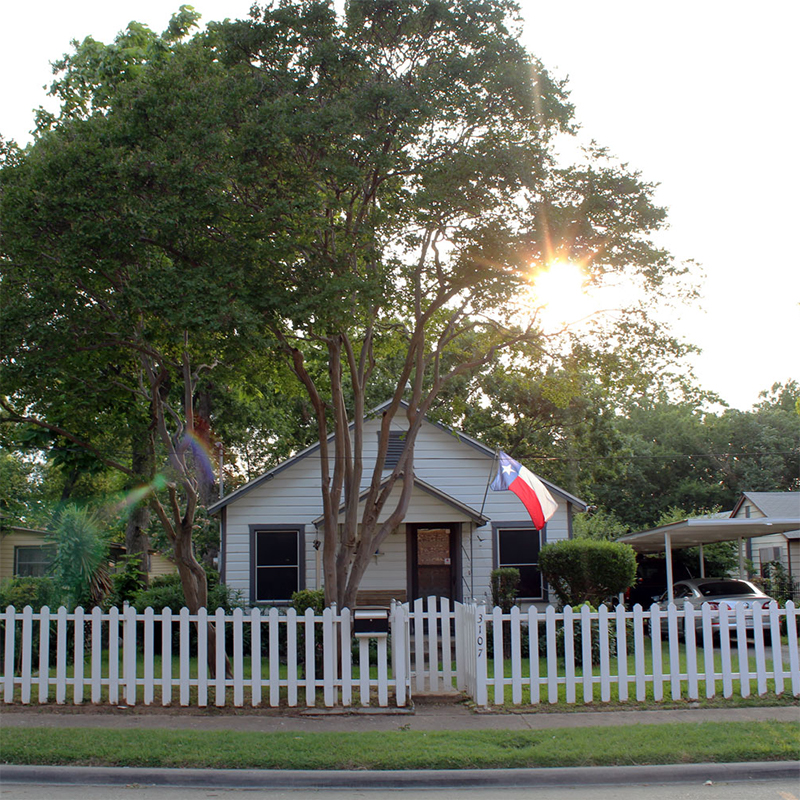spending 30% on housing
| More affordable | Less affordable |
How to know if you’re spending too much on housing in Texas
By Emily Yount, Chris Essig, Brandon Formby
Texas is booming, and housing costs in many parts of the state are outpacing incomes. How affordable is your neighborhood? Enter your ZIP code and choose rent or own to find out. Note: Some ZIP codes with small populations could not be included. Also, we aren’t storing or saving your data.
To see which areas are more or less affordable compared to others, we compiled five-year estimates on income and housing costs for renters and homeowners across hundreds of Texas ZIP codes from the 2016 American Community Survey.
Let’s build a chartThe Texas Tribune thanks its sponsors. Become one.
We’re building a chart showing two key factors that impact housing affordability: typical pre-tax household income and the percentage of that income that Texans spend each month paying for rent or home ownership — including utilities and maintenance.
See how this area stacks upspending 30% on housing
| More affordable | Less affordable |
Texans living in the ZIP code you selected, , typically make a year. That’s than the typical Texas household.
How much do people in this area spend?spending 30% on housing
| More affordable | Less affordable |
Texans in ZIP code spend of their household income on .
Experts say that if you spend more than 30 percent on housing — no matter how much money you make — you’re spending too much. Many mortgage lenders advise spending closer to 20 percent.
What’s affordable and what’s not?spending 30% on housing
| More affordable | Less affordable |
That 30 percent guideline is meant to help people avoid spending money on housing that could go toward groceries, transportation, child care and other essential needs.
According to the U.S. Census bureau, the typical household in is spending on .
See how this area comparesspending 30% on housing
| More affordable | Less affordable |
Let’s compare household income and housing costs for and other ZIP codes in the area.
Hover on the chart to see more detail, or search for a different ZIP code below. You can also switch between renters and homeowners to compare charts for each group.
Search for another ZIP code to explore affordability in other parts of Texas. You can also switch between renters and homeowners to compare charts for each group.
We chose a few interesting ZIP codes for youspending 30% on housing
| More affordable | Less affordable |
To give you a more complete picture of how much Texans spend on housing, we chose six ZIP codes from around the state. Select one to learn more about that area. Generally, renters have a harder time affording where they live than homeowners.
What’s your story?spending 30% on housing
| More affordable | Less affordable |
You've explored what affordability looks like across Texas. Can you help us learn how this issue has impacted your community, your career or your family? Join us for our first-ever Community Conversation series by signing up to lead a discussion on affordable housing in YOUR neighborhood. Or join us Monday, Oct. 29, at Mercado369 for roundtable discussions with Dallas-area residents.
About the dataAbout the data
The Texas Tribune’s analysis of Texans’ monthly housing expenses is based on five-year estimates from the U.S. Census Bureau's 2012-2016 American Community Survey. For rental expenses, the Tribune used median gross rent as a percentage of pre-tax household income. For homeownership expenses, the Tribune used median monthly owner costs as a percentage of of pre-tax household income for homes with a mortgage that has not been paid off.
The Tribune eliminated ZIP codes where the margins of error for this data was 50 percent or above. Often ZIP codes with low populations have higher margins of error.
Darla Cameron, Ryan Murphy and Annie Daniel also contributed to this story.
© 2018 The Texas Tribune
The Texas Tribune thanks its sponsors. Become one.



